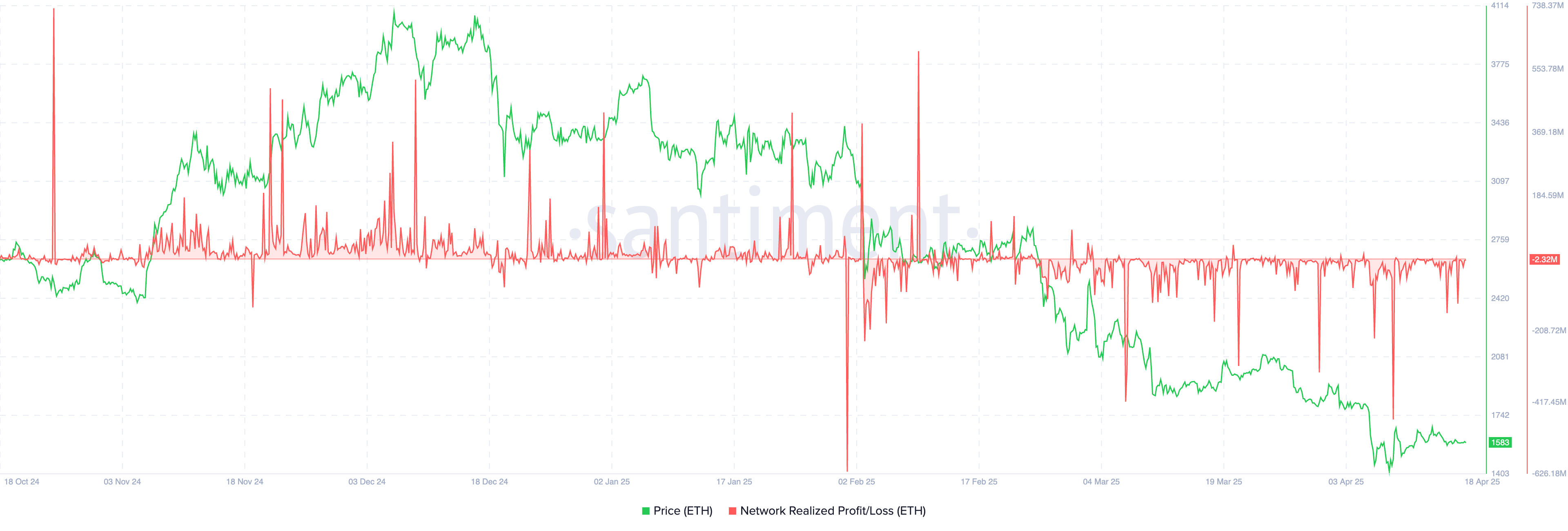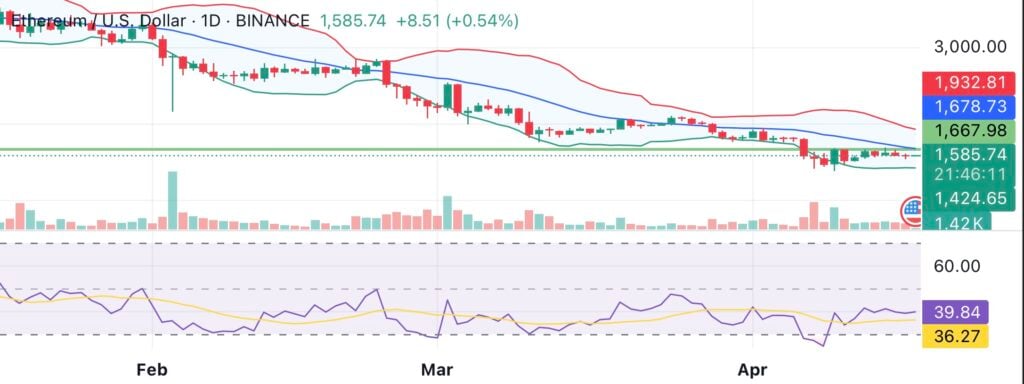Ethereum could handle more transactions and run faster by processing most of them simultaneously, a new study reveals.
A new study shows that almost 65% of Ethereum‘s transactions could be processed at the same time, potentially making the network much faster. In a Friday blog post, analysts at layer-1 network Sei (SEI) revealed that many of Ethereum’s transactions don’t depend on each other and could run simultaneously, allowing the network to handle more transactions and improve its speed.
Right now, Ethereum processes transactions one after another, which is also known as sequential processing. For example, if someone sends 1 (ETH) to one person and then that person sends 1 ETH to someone else, these transactions need to happen one after the other.
If they were processed at the same time, the second one would be wrong because your balance wouldn’t be updated yet. Yet, some transactions don’t affect each other, Sei’s study reveals.
As analysts at Sei explain, if Bob sends 1 ETH to Alice and someone else sends you 1 ETH at the same time, they don’t interfere with each other. These transactions can happen in parallel, meaning they can be processed at the same time.
The study found that 64.85% of Ethereum transactions are like this, meaning they could be processed in parallel, without waiting for others to finish. If this method is used, Ethereum could process many more transactions and become faster.
“Each block averages 60.77 dependent transactions, indicating significant potential for parallel execution optimization.”
Sei
However, there are still some challenges. Some transactions still need to be processed one after the other because they rely on each other, what is also known as dependency. According to Sei’s calculations, about 35.15% of transactions on Ethereum are dependent on others.
There are different ways to improve Ethereum’s speed. One idea is called “optimistic concurrency control,” a method used by the Sei protocol, which lets transactions happen at the same time, assuming they won’t cause problems.
After the transactions finish, the system checks if any conflicts happened. If there’s a problem, the system can redo those transactions. This approach could help Ethereum process transactions faster while keeping things simple for developers. In the future, Ethereum could also use sharding, which splits the network into smaller pieces to help process transactions faster, Sei admits.





